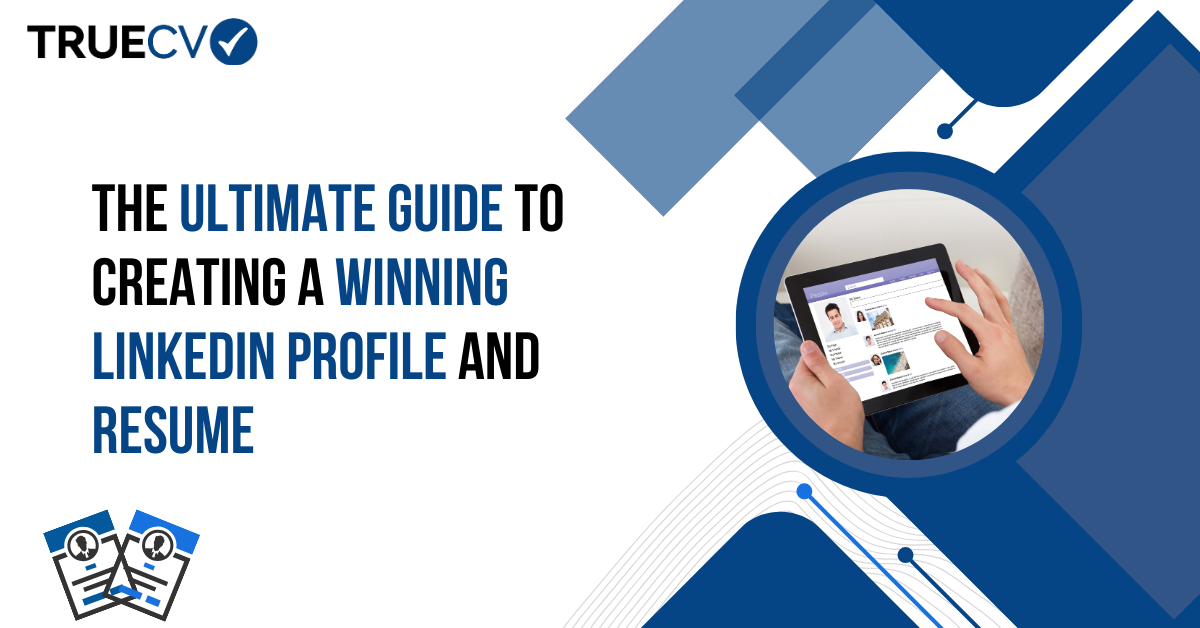
Unleashing Creativity: Infographic and Visual Resumes for Job Seekers
In today's competitive job market, job seekers are continually seeking innovative ways to make a lasting impression on potential employers. The traditional black-and-white text-based resume, although effective, sometimes fails to capture the attention of recruiters who sift through countless applications each day. As a result, creative resume formats like infographic and visual resumes have gained popularity as a means to stand out from the crowd and showcase skills in a visually appealing manner. In this blog, we will explore the pros, cons, and situations where these formats can be effectively utilized.
Infographic and Visual Resumes: Pros That Set Them Apart
Imagine a recruiter scrolling through a sea of monotonous resumes, and suddenly, an infographic or visual resume pops up, bursting with colors, charts, and icons that encapsulate essential information. That visual impact is the primary advantage of these creative formats. Infographic and visual resumes have the power to captivate recruiters, drawing their eyes to the content they present.
One of the primary strengths of these resumes is the ability to highlight key information effectively. Visual elements like graphs and charts can visually represent skills, achievements, and experiences, making it easy for recruiters to grasp a candidate's strengths in a matter of seconds.
Moreover, these resumes offer a unique platform to display creativity and design skills. For individuals aspiring to work in creative industries such as graphic design, marketing, or media, an infographic or visual resume can serve as an ideal canvas to demonstrate their artistic flair.
Potential Drawbacks and When to Exercise Caution
While infographic and visual resumes possess several compelling advantages, they are not without their drawbacks. One of the most significant concerns is compatibility and accessibility. Some applicant tracking systems (ATS) used by companies might not be optimized to read and parse graphical elements effectively, leading to potential issues during the initial resume screening process.
Additionally, concerns about professionalism might arise in more conservative industries or traditional corporate environments. While these formats can undoubtedly showcase creativity, candidates must carefully consider the company culture and industry norms before submitting an unconventional resume.
Another potential pitfall is the risk of content being overlooked in pursuit of visual appeal. A visually striking resume is undoubtedly attention-grabbing, but candidates must ensure that relevant details about qualifications and experience are not sacrificed in the process.
When to Leverage Infographic and Visual Resumes
Infographic and visual resumes can be powerful tools when used in the right circumstances. Here are situations where these formats can enhance a job application:
Creative Industries: If you are applying for a role in design, advertising, marketing, or any field that values creativity and visual communication, an infographic or visual resume can set you apart from other candidates.
Portfolio Presentation: If you have a strong portfolio that complements your visual resume, the combination can be a winning strategy, particularly in creative fields where showcasing your work is vital.
Personal Branding and Networking: These resume formats can be fantastic for personal branding purposes, particularly when showcasing your skills and experience on personal websites, blogs, or social media platforms.
Online Applications with ATS Consideration: If you are applying directly to an employer and know they accept visual formats, you can take advantage of these formats. However, always have a traditional text-based version ready as an alternative, especially if the company utilizes ATS.
Striking the Right Balance: Content and Creativity
When creating an infographic or visual resume, it is crucial to strike the right balance between creativity and professionalism. Remember that content is king - the visual elements should enhance the resume's effectiveness, not overshadow the relevant details.
Ensure that the information presented is concise, easy to navigate, and ATS-friendly. A well-crafted visual resume should quickly communicate your qualifications and achievements without overwhelming the reader with excessive graphics.
Conclusion
In conclusion, infographic and visual resumes can be powerful tools to set yourself apart in the competitive job market, especially in creative industries and for personal branding purposes. However, candidates must exercise caution and consider the employer's preferences and industry norms before opting for these formats.
Whether you choose a traditional text-based resume or an infographic masterpiece, remember that the ultimate goal is to demonstrate your qualifications and fit for the role. A well-tailored resume, regardless of its format, can significantly increase your chances of landing that dream job. So, why not get creative and make a memorable impression on potential employers with a visually stunning resume? Good luck!





